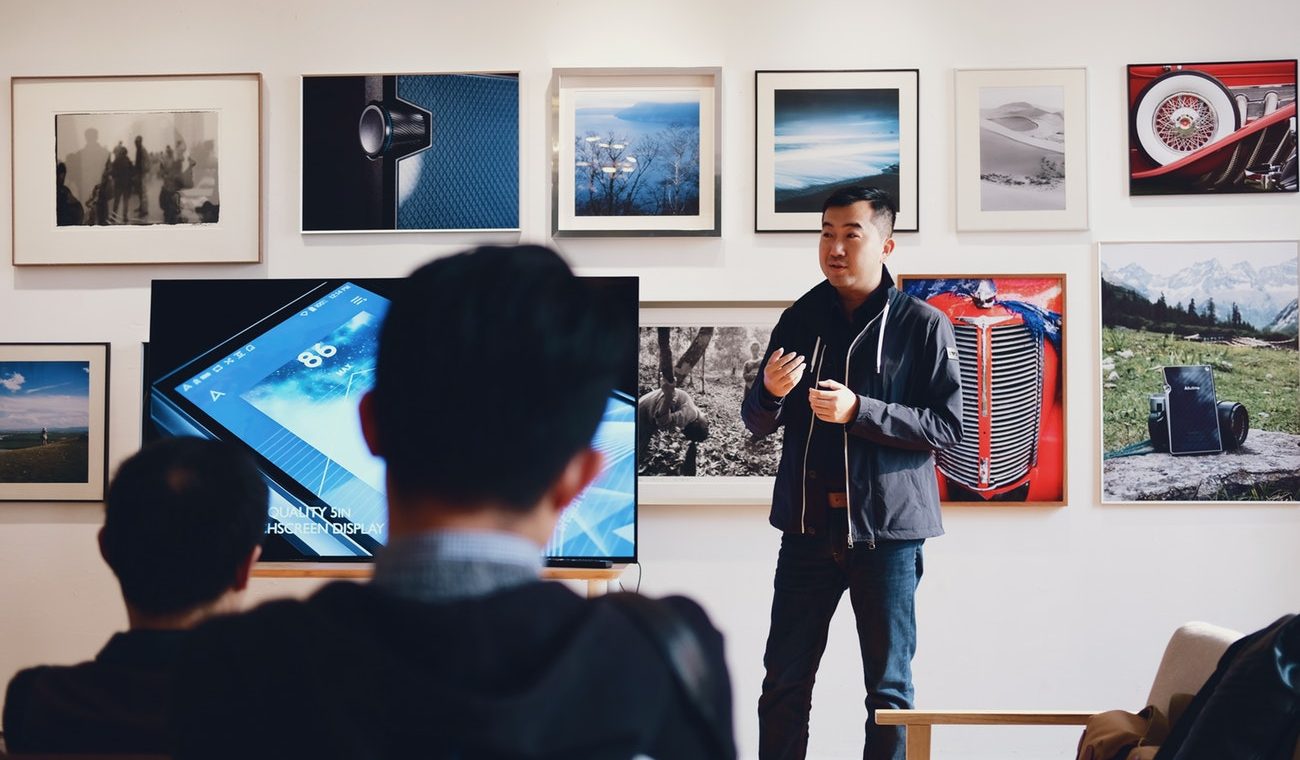
It is yesterday’s news that technology is evolving at an exponential rate and we are now just barely beginning to grasp the possible implications of what that can mean for humanity. Life on our planet is facing many challenges that require major transformations in the way we live together on it, from environmental regulation to the intergenerational social contract that guarantees pension schemes in a world that is already being changed by the advent of artificial intelligence (AI) and automation. Adapting, reassessing and changing is now a priority that cannot be delayed any longer.
Humanity has done it before, we only need to do it faster. Being innovative or inspiring others to become innovator, should be part of educational curriculums worldwide to properly ensure young people are ready to tackle the issues we have not solved so far or that will inevitably arise. But none of this can happen without commitment and action from governmental decision-makers, leading this transition and implementing good practices through education, humanity’s most powerful tool. the question then is how can governments encourage innovation in society through educational systems? Here are a few ideas:
1/ Engagement
In a world like ours full of stimuli and overloaded with information, engagement is the Holy Grail to effective long-lasting results in the learning process. Being committed not only means creating a strong motivation to take part in an activity (with active learning experiences being considered as the most effective way for people to learn), but also involves the commitment that the participants’ contribution is meaningful and needed, generating a feeling of inner satisfaction, and boosting the commitment to the learning process.
For students, engaging active learning activities also could provide a means to allow them to decide objectives and approaches on their own and track their improvement. As a result, it is safe to say supporting risk-taking and active engagement will surely increase innovation.
Problem based learning has been used in classrooms for many years. As early as 1991, Blumenfeld, also concluded that Problem based learning increased student motivation and engagement, particularly if the investigation was centered among an authentic problem. In 2014, Kennedy & Odell explained how problem-based learning (PBL) and the growing awareness of fostering creativity in schools are connected for economic, social, personal and environmental reasons.
It is important that the government acts to empower people and educational institutions. True innovation, the kind where inventions set root and become socio-technical transformations, is based on the profoundly human ability of being engaged with finding solutions to our common problems.
2/ Creativity and Problem Solving:
In this world of uncertainty, individuals, communities, companies and governments need to tackle numerous challenges. To succeed, the way to innovate is to generate ideas; transforming problems into solutions.
Generating ideas is not an easy process and in order for them to generate new solutions they not only need to think outside-of-the-box, but moreover need to challenge the existence of the box itself. Feasibility is a check to be done later: the first step is to question the world as we know it in order to come up with a more disruptive solution. Crazy ideas and dreams build the path to transforming problems into solutions.
What if governments could create new spaces to stimulate creativity? Imagine collaborative problem-based spaces, where students could interact with other citizens to build innovative ideas to community problems – or even some challenges at an individual level. What if schools were to become those spaces? Educational institutions can become spaces where real life issues are discussed and solved, providing context to the learning rather than reprimanding them.
3/ International framework:
What would happen if governments shared recommendations and good practices? In today’s world people need to adapt quickly in order to follow the pace of the demands of the future of work. What if different governments collaborated to empower an internationally future-ready generation? To illustrate international collaboration, the purpose of the OECD Education 2030 project and the learning framework of the OECD- the Learning Compass 2030- is to define a clear vision and goals for their educational systems. The framework also defines a common language among countries, local authorities, schools, teachers, students and other stakeholders. Amazingly, this framework not only defines competencies (knowledge, skills, values and attitudes), it also focuses on the student as the center factor leading the transformation. The 3 pillars surrounding the student are: creating new values, taking responsibility and reconciling tensions and dilemmas. This framework defines clear pathways to promote innovation through personal development and actions to tackle challenges ahead of us.
Globally, international collaboration can reinforce innovation, guiding institutions to share good practices and adopt them in their own needs and values. Governments, much like individuals, need to collaborate to stimulate innovation in more effective and efficient ways to impact a larger part of the population. Thus, creating global working environments and shared knowledge that allows global society to progress as a whole.
To sum up, although governments have many issues to face, fueling innovation is now vital to tackle them in a comprehensive and effective way. Decision-makers must encourage active collaboration between individuals, institutions and communities.
Governments now have the opportunity to boost engagement through active learning and collective actions: learning by doing, a collaborative approach to community problems, creative problem solving solving, testing, and coming up with new ways to empower the transition. If we nourish active, participative and collaborative learning support we can build a better future, inclusive and sustainable for all.


